Maine Turtle Species
Native turtle species within the state of Maine are the Eastern Painted turtle (Chrysemys picta pitca), the Midland Painted turtle (Chrysemys picta marginata), the Northern Snapping turtle (Chelydra serpentine), the Spotted turtle (Chelemmys gutatta), the Wood turtle (Glyptempys insculpta), the Eastern Box turtle (Terrapene Carolina Carolina), the Musk turtle (Stenotherus odoratus), and the Blandings turtle (Emydoidea blandingii).
These eight species thrive in shallow lakes, ponds, streams, and rivers. To raise body temperature these river turtles bask on fallen logs in early spring after emerging from overwintering. Then they seek food resources to earn energy needed for growth and reproduction. After completing the stages of reproduction in the late summer and early fall they move to aquatic hibernacula, which are often permanent wetlands or seasonal pools.
During the active life the turtle species suffers from numerous endangerments, like wetland alteration or destructions. These important factors in the decline of species forces the species to make terrestrial movements across several wetlands for mating, foraging, basking, aestivating, and overwintering purposes, which exposes them to road mortality.
Common species in Maine are the Eastern Painted turtle, the Midland Painted turtle, Northern Snapping turtle, and the Musk turtle.
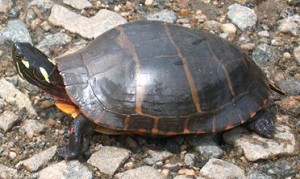
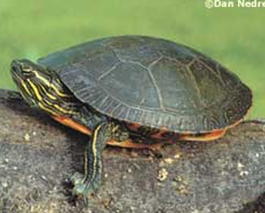
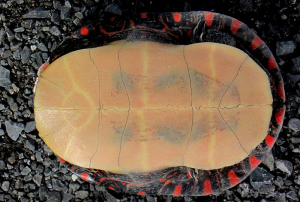
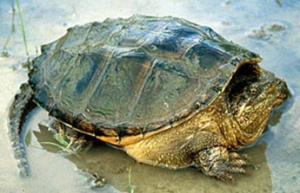

Special concern species are the Spotted turtle and the Wood turtle.
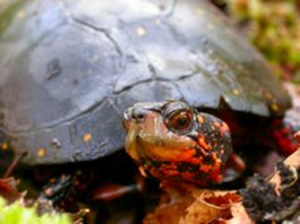
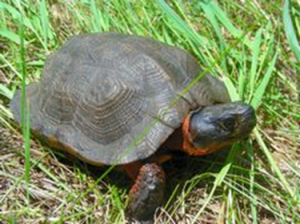
Endangered species are Eastern Box Turtle and the Blandings Turtle.
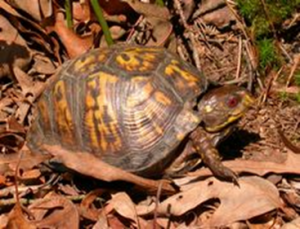
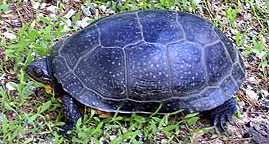
Work Cited: Turtles. 2009- 2011 Maine Herpetological Society. <www.maineherp.org>